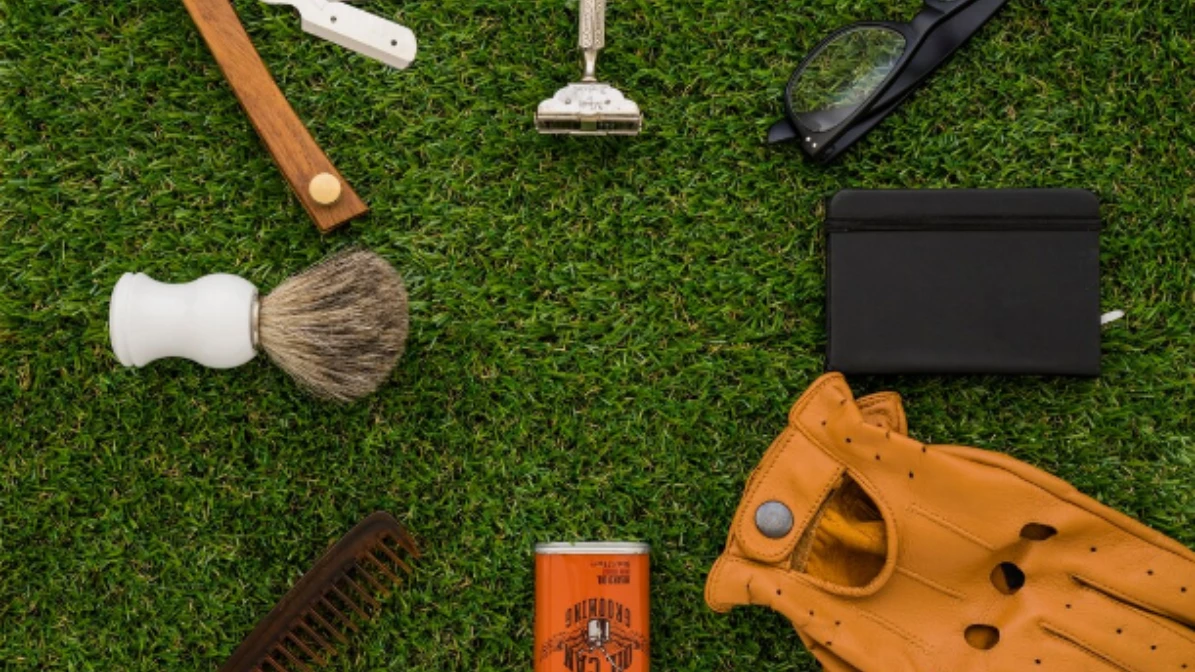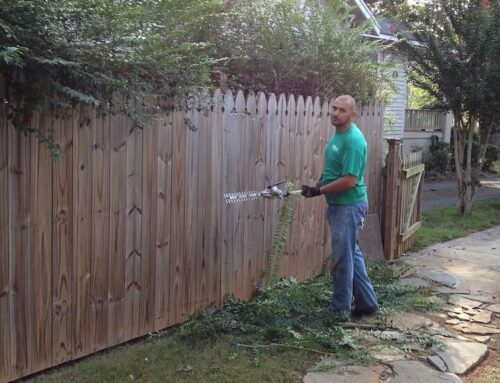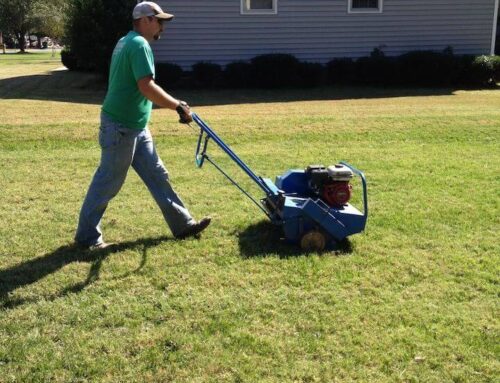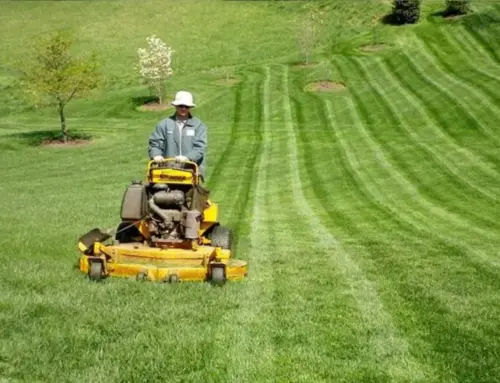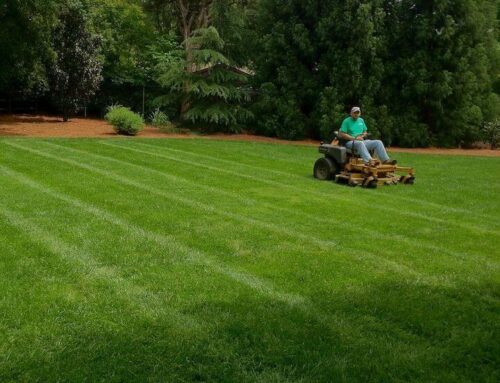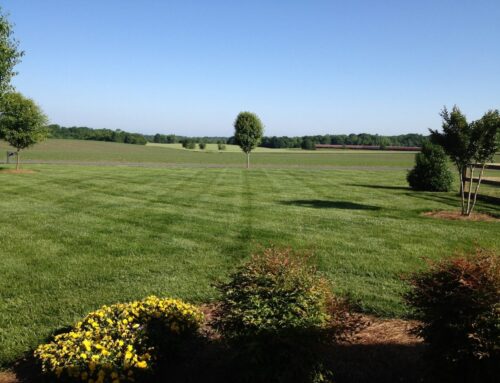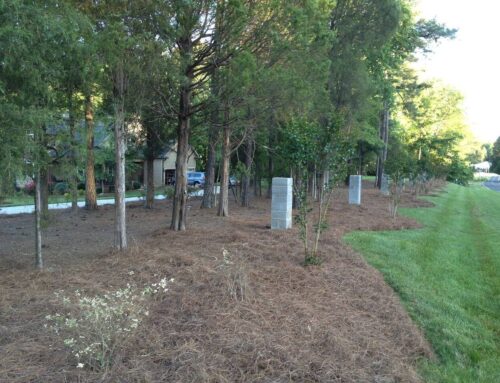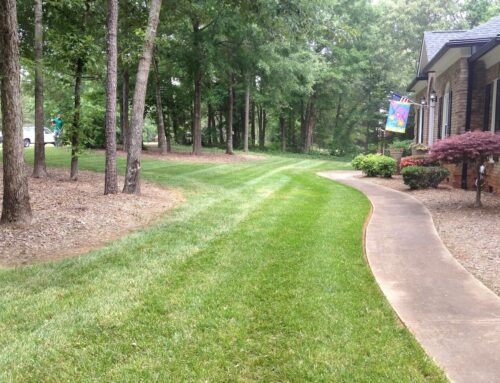Every professional landscaper relies on a core set of tools to efficiently maintain and enhance outdoor spaces. Essentials are a high-quality lawn mower for pristine grass cutting, a string trimmer for precise edging and dealing with tough weeds, and a leaf blower to swiftly clear debris from lawns and pathways. These tools are indispensable for creating clean, attractive landscapes.
Moreover, a set of pruning shears is not just for shaping and controlling plant growth but also for ensuring healthy plants and aesthetically pleasing gardens. A garden spade or shovel, in addition to digging and planting, is also useful for moving soil or mulch. These tools, with their versatility, form the backbone of any professional landscaping toolkit, enabling landscapers to tackle a wide range of tasks with precision and ease.
What are the unexpected tools professional landscapers rely on for efficiency?
Professional landscapers often rely on several unexpected tools that enhance their efficiency and effectiveness in maintaining gardens and landscapes. Here are a few notable ones:
- Wheelbarrows for Garden Carts: These are crucial for moving large amounts of soil, mulch, plants, and other materials across large areas, saving time and reducing physical strain.
- Landscape Fabric: Used beneath the soil surface to prevent weeds while allowing water and nutrients to pass through, landscape fabric is a time-saver that reduces the need for frequent weeding.
- Soil Knives: Versatile and robust soil knives can be used for planting, weeding, dividing plants, and even cutting through roots or opening bags of mulch.
- Water Timers and Drip Irrigation Systems: Automated watering systems help ensure consistent moisture levels with minimal effort, making large-scale landscape maintenance more manageable.
- Multi-Tool with Attachments: Tools that feature interchangeable heads, such as rakes, hoes, and trowels, allow landscapers to switch tasks quickly without returning to the tool shed.
These tools may not be the first that comes to mind when thinking of landscaping, but professionals highly value their utility in making the work more manageable and efficient.
How do professional landscapers choose the right tools for different projects?
Professional landscapers select the right tools for various projects by considering several key factors that ensure efficiency, effectiveness, and safety. Here’s how they make their choices:
- Assess the Project Requirements: Understanding the scope and specifics of each project is crucial. This includes the size of the area, the types of plants involved, and the specific landscaping tasks required, such as mowing, trimming, planting, or soil preparation.
- Consider the Tool’s Purpose and Versatility: Landscapers choose tools that are best suited for the task at hand while also looking for tools that offer versatility. Multi-functional tools that can perform multiple tasks with adjustments or attachments are highly valued for their ability to reduce equipment needs and streamline work.
- Evaluate Durability and Quality: High-quality, durable tools are preferred because they withstand heavy use and harsh outdoor conditions. Professional landscapers invest in well-made tools that, while potentially more expensive upfront, will perform reliably and last longer, ultimately providing better value.
- Ergonomics and Comfort: Tools that are easy to handle and ergonomically designed reduce the risk of injury and fatigue. Since landscaping work can be physically demanding, choosing tools that minimize strain is important for maintaining productivity throughout long workdays.
- Check Reviews and Recommendations: Professionals often rely on reviews from other landscapers and industry experts when selecting tools. Recommendations can come from trade shows, online forums, or professional networks, providing insights into the tools’ performance in real-world conditions.
- Environmental Considerations: For environmentally-conscious landscapers, choosing tools that minimize ecological impact is crucial. This could mean opting for electric or battery-powered tools over gas-powered alternatives, or selecting products specifically designed to be eco-friendly.
By carefully considering these factors, professional landscapers can equip themselves with the right tools that not only tackle the specific demands of each project efficiently but also support sustainable practices and workplace safety.
What are the most durable and long-lasting tools used by professional landscapers?
Professional landscapers depend on durable and long-lasting tools to handle the rigorous demands of their work. Here are some of the most reliable tools commonly used in the landscaping industry:
- Stainless Steel Hand Tools: Hand tools made from stainless steel, such as trowels, weeders, and soil knives, resist rust and can endure the rigors of daily use without bending or breaking.
- Commercial-Grade Lawn Mowers: High-quality, commercial-grade lawn mowers are essential for regular, extensive use. Brands known for their durability include Toro, Honda, and John Deere. These mowers are designed to handle large areas and tough grass conditions efficiently.
- Professional String Trimmers: Trimmers from reputable brands like Stihl, Echo, and Husqvarna are favored for their long-lasting performance. These tools are crucial for precise edging and managing overgrowth, and their high-quality engines and components can withstand frequent use.
- High-End Pruning Shears: Durable pruning shears, particularly those from brands like Felco and ARS, are essential. These shears are made with high-quality metals and ergonomic designs, making them durable and comfortable for continuous use.
- Heavy-Duty Wheelbarrows: Landscaping requires moving large volumes of materials, and a sturdy wheelbarrow is indispensable. Heavy-duty models made with strong, corrosion-resistant materials like steel trays or heavy plastic and pneumatic tires are preferred for their longevity and ease of use.
- Robust Shovels and Spades: Tools with stainless steel heads and fiberglass or hardwood handles are best suited for digging and are known for their durability. They resist bending and handle the physical stress of digging in tough soil.
- Backpack Blowers: For large-scale leaf and debris management, high-quality backpack blowers from brands like Stihl and Husqvarna offer powerful performance and long-term durability, which are essential for regular seasonal clean-ups.
Investing in these durable and long-lasting tools ensures that landscapers can maintain high levels of efficiency and effectiveness in their work, reducing the need for frequent replacements and repairs.
Are there specific tools that can significantly reduce the physical strain of landscaping work?
Yes, there are specific tools designed to reduce the physical strain associated with landscaping work. These tools help to minimize fatigue, reduce the risk of injury, and make the job more efficient. Here are some key examples:
- Ergonomic Hand Tools: Tools like trowels, pruners, and weeders with ergonomic designs have padded, non-slip handles and are shaped to minimize stress on the hands and wrists. These features help prevent conditions like carpal tunnel syndrome and reduce overall hand fatigue.
- Wheelbarrows with Two Wheels: Traditional single-wheel wheelbarrows can be hard to balance and require more physical effort to maneuver. Wheelbarrows with two wheels offer better stability and distribute the load more evenly, reducing strain on the back and arms.
- Powered Equipment: Using gas or electric-powered tools such as tillers, edgers, and mowers can greatly reduce the physical effort needed compared to manual tools. Battery-powered tools are particularly beneficial as they are lighter and don’t emit fumes.
- Backpack Blowers: These allow for more even distribution of weight across the back and shoulders compared to handheld models. They are more powerful and can clear leaves and debris more efficiently, reducing the time and physical effort required.
- Knee Pads or a Gardening Kneeler: These provide cushioning and support for prolonged periods of kneeling, protecting the knees from hard and uneven surfaces and helping to prevent joint strain.
- Telescopic Tools: Tools that feature extendable handles can be adjusted to match the user’s height and reach, allowing for a more comfortable posture. This adjustment helps prevent overreaching and bending, reducing the risk of back strain.
- Garden Carts: These are an alternative to wheelbarrows and are particularly useful for moving heavy loads. They often come with four wheels and a pulling handle, making them easier to use over rough terrain and reducing the effort needed to transport materials.
Incorporating these tools into daily landscaping practices can significantly alleviate physical strain, making landscaping tasks more manageable and sustainable over long periods.
Get these Must-Have Landscaping Tools for Your Lawn!
From ergonomic hand tools that reduce fatigue to powerful backpack blowers that save time on big jobs, these tools are designed to enhance productivity and ease the physical strain of landscaping work. Whether you’re shaping a small garden or managing vast commercial properties, these tools will help you achieve impeccable results with less effort. Equip yourself with the best—visit Performance Lawn and Landscapes today!

